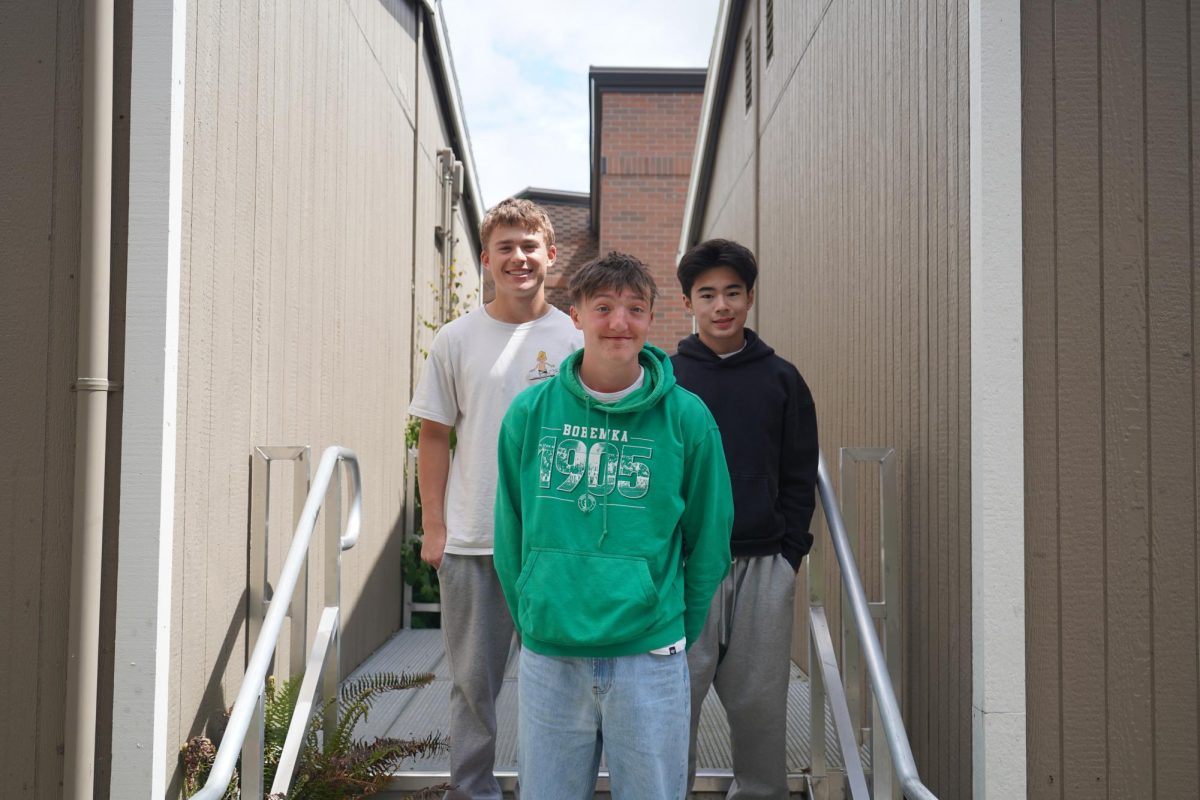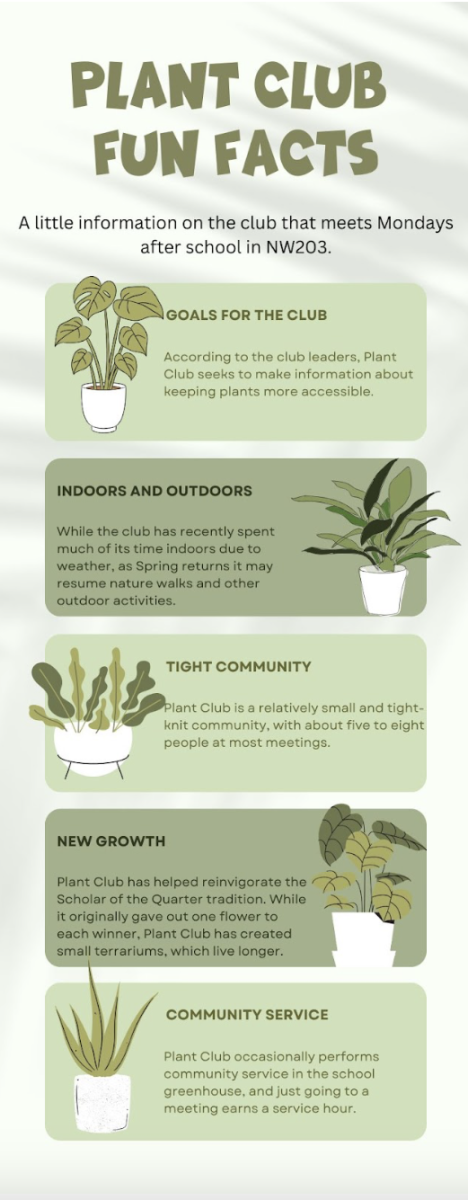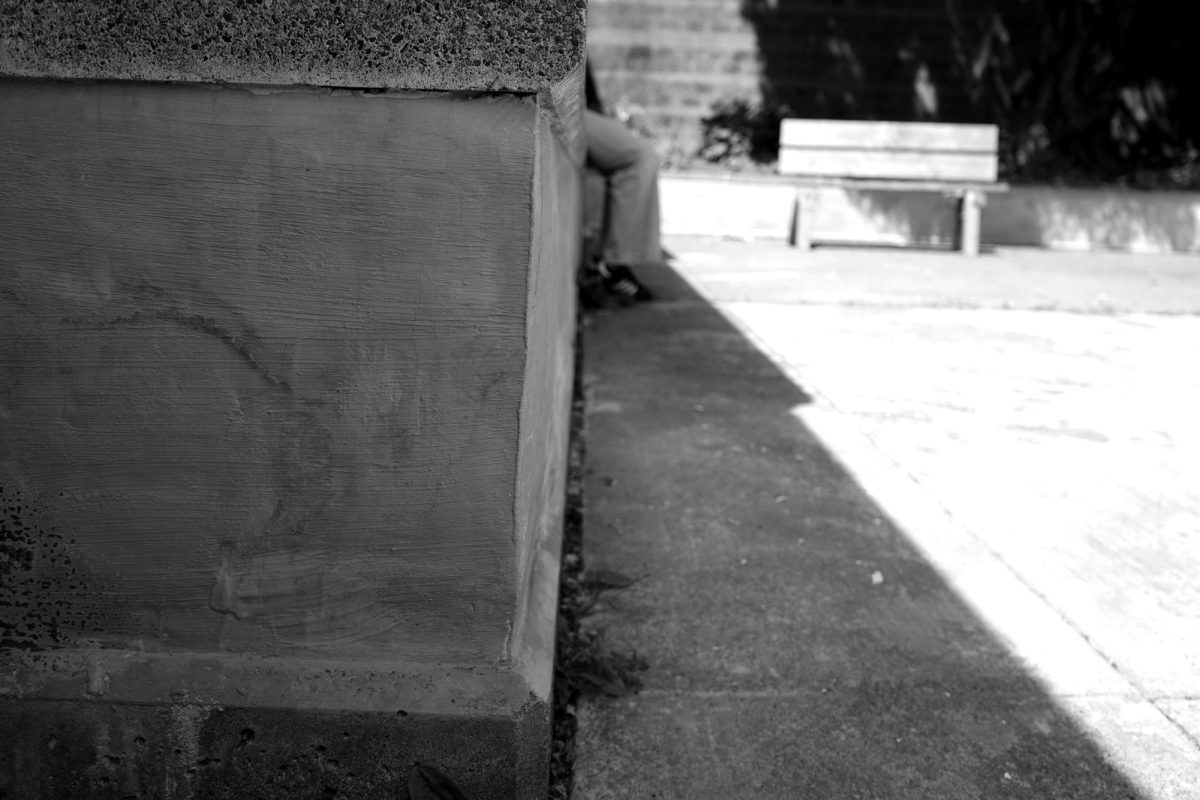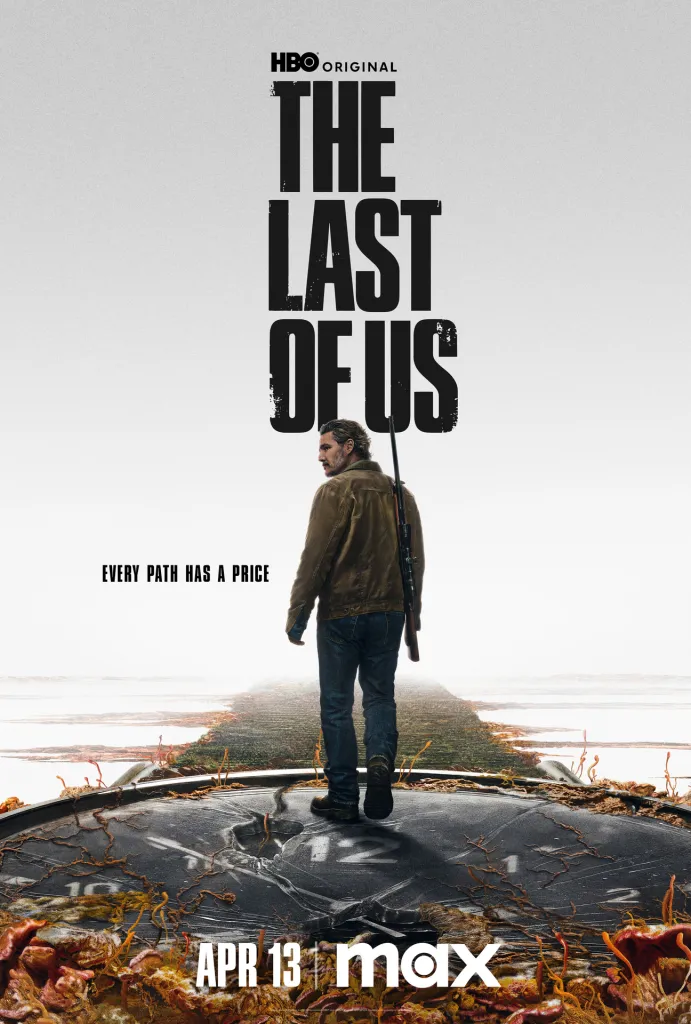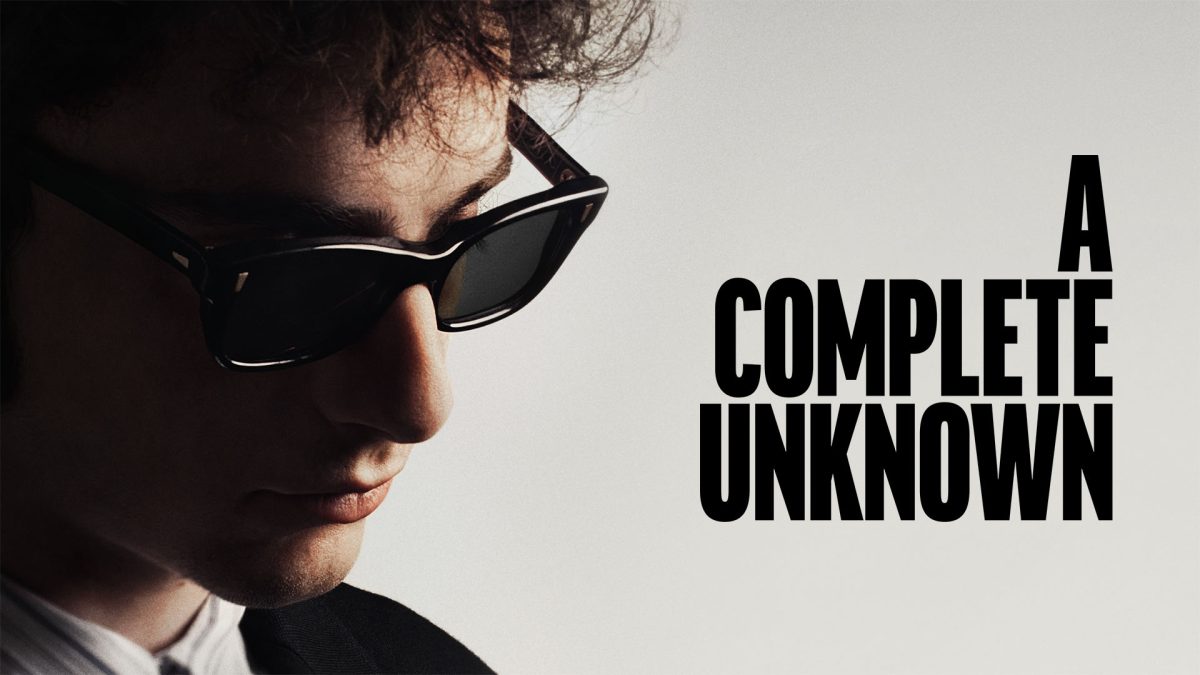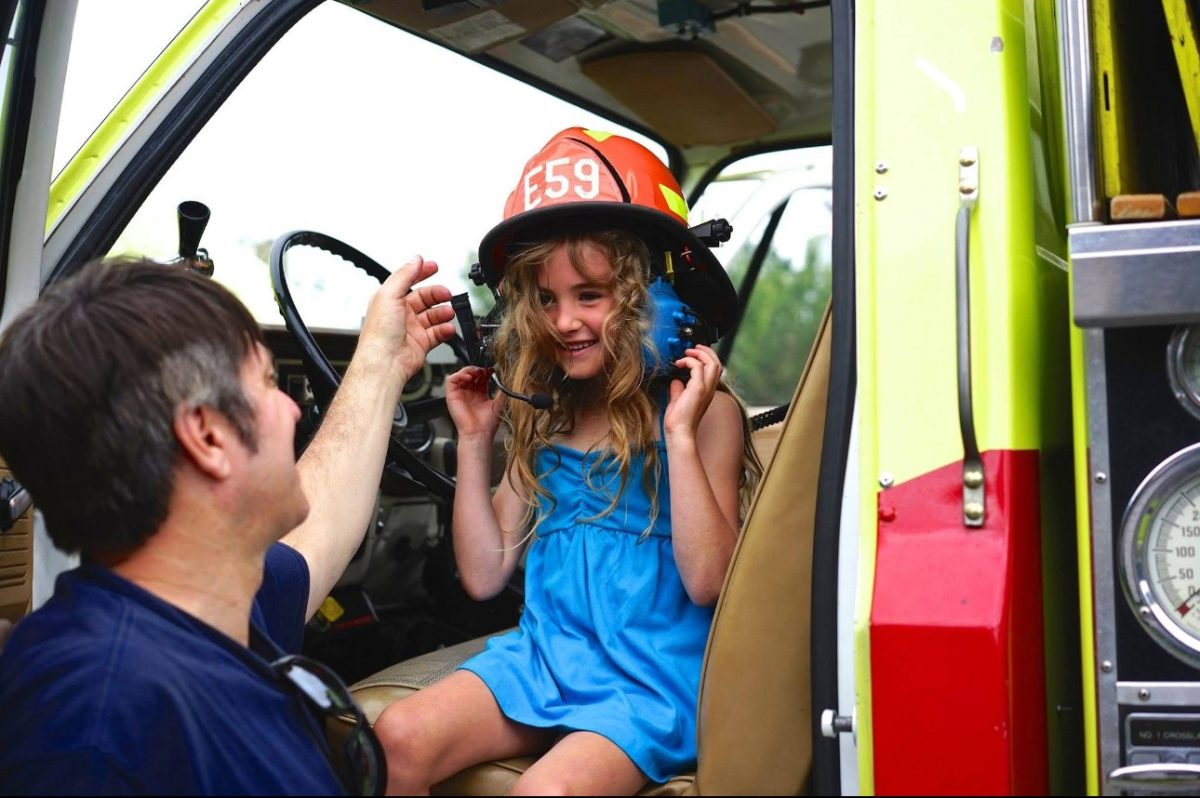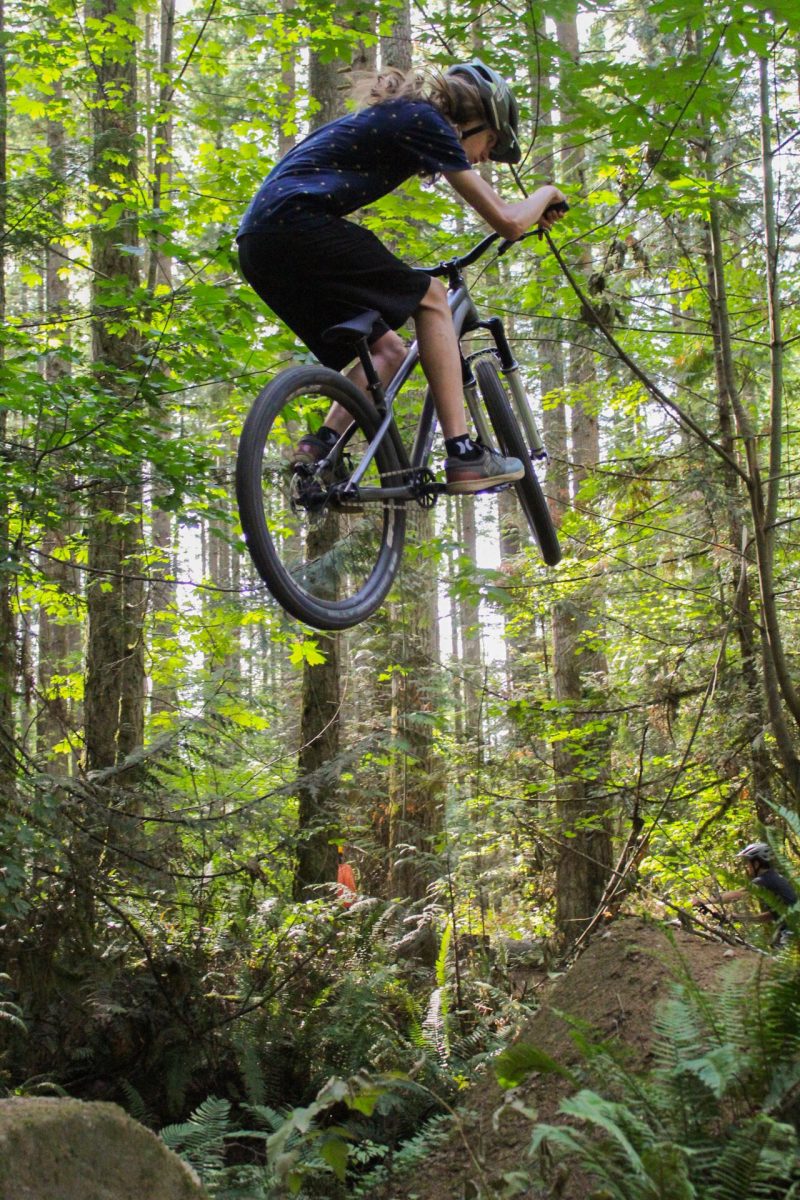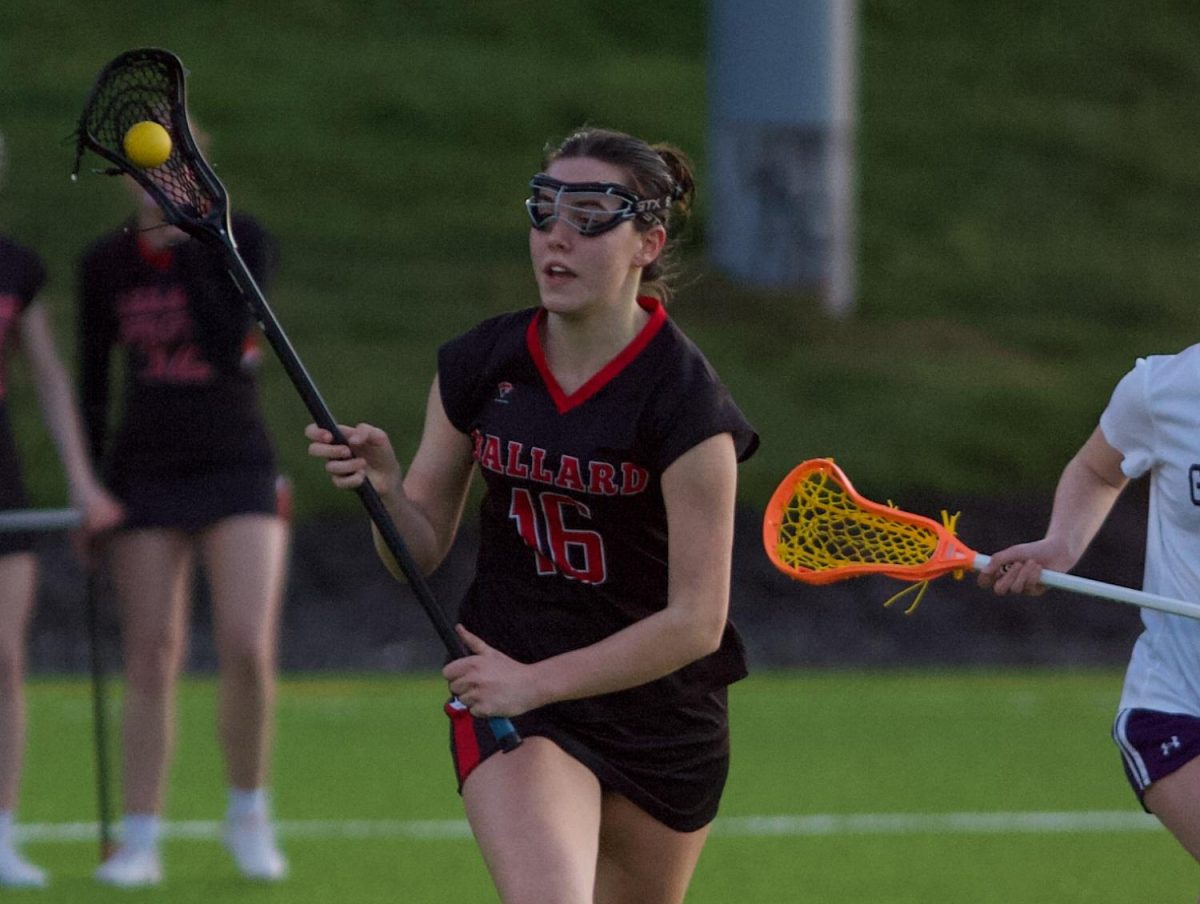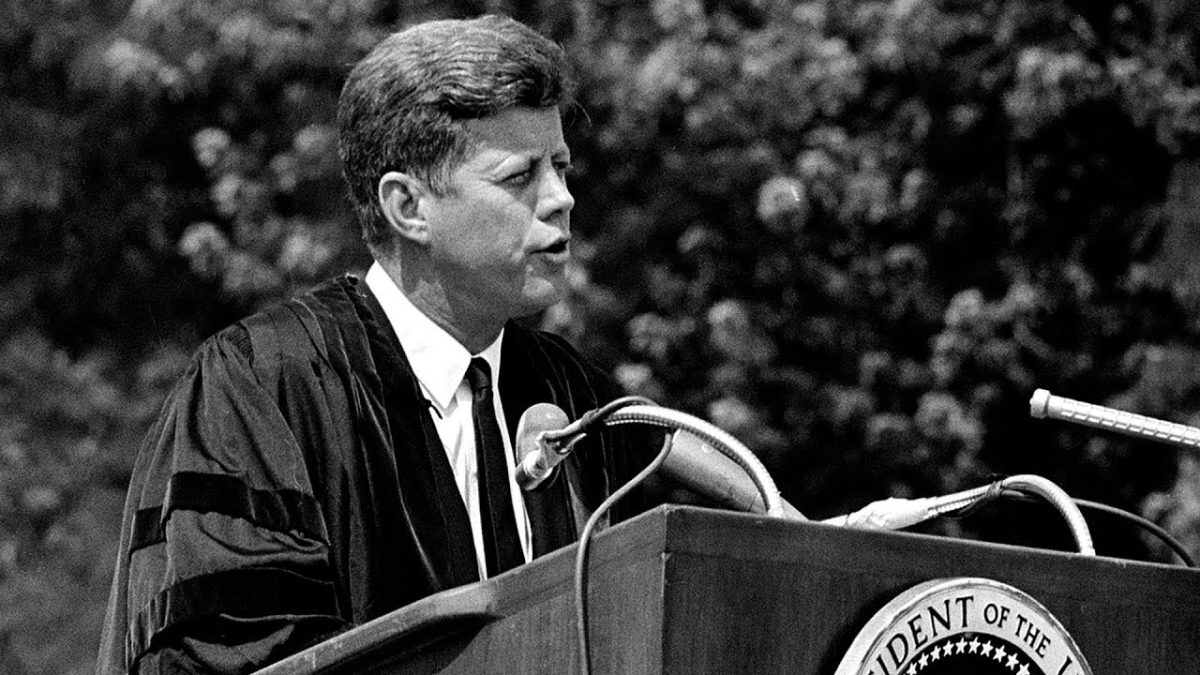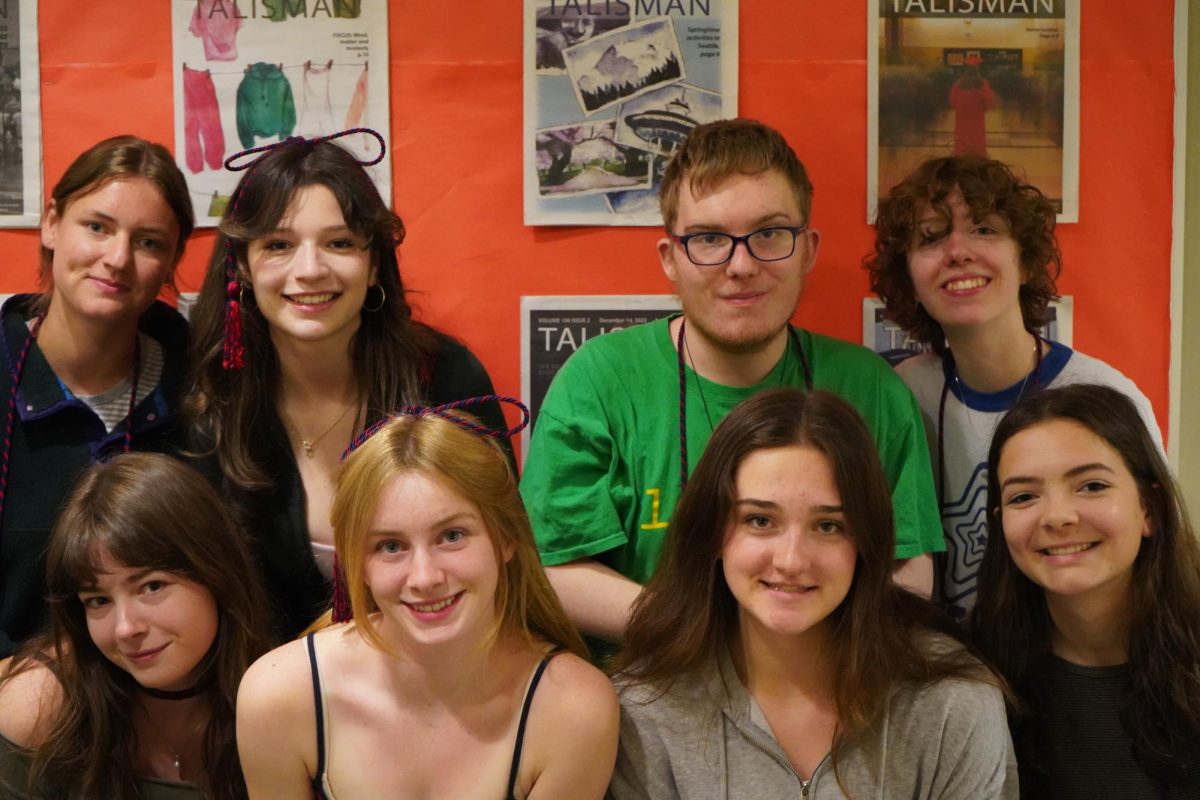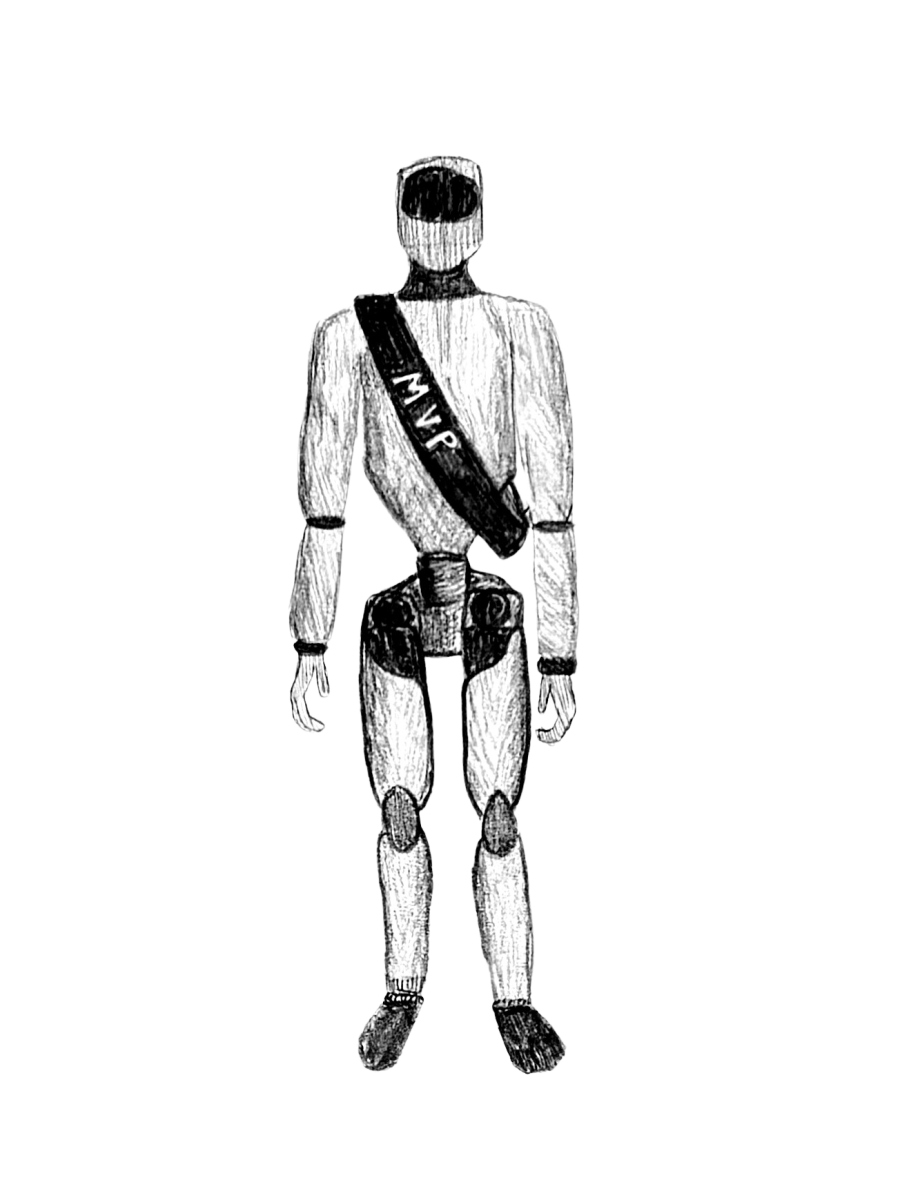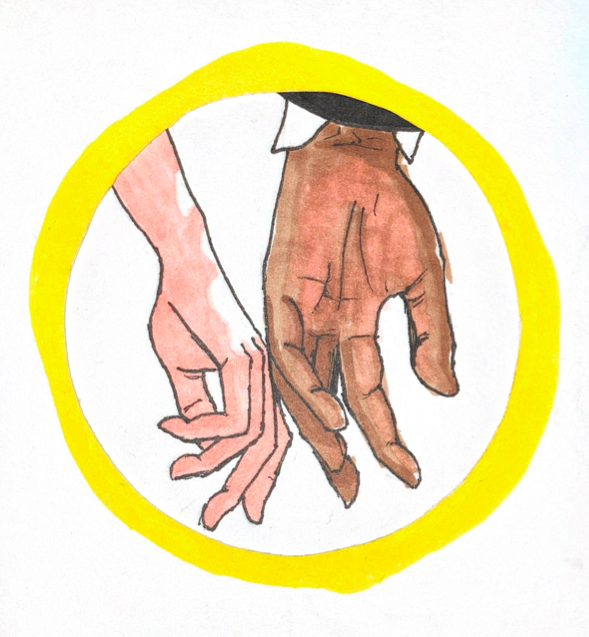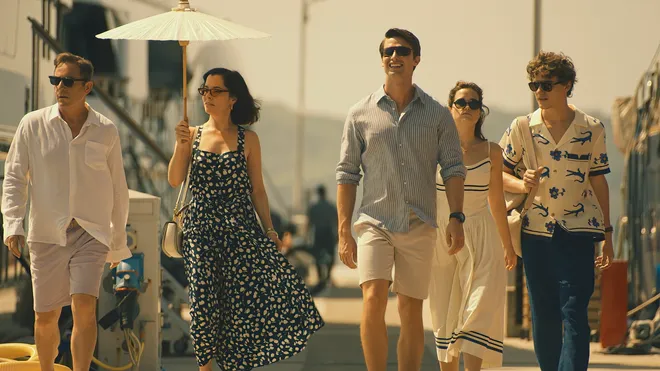“Pride & Prejudice” meets “Gossip Girl”
Danny Edwards & Brett Richter, Arts & Entertainment Editor, Opinions Editor
Originally published February 26, 2021
Cartoon by Xander Kim
Listen, when I binged “Bridgerton” in one day, I was completely enamored by the aesthetic. I am a sucker for historical accuracy but with a flare of camp, just for fun. The outfits? Exquisite. The hair? Magnificent. The jewelry? Out of this world, quite frankly.
When it comes to historical accuracy—it’s classic regency era but with the volume turned up a couple notches, according to Ellen Mirojnick who is the costume designer of “Bridgerton,” in an interview with The Cut.
Mirojnick kept the traditional regency-era clothing silhouettes but brought in the crazier hair, neon colors (which did not exist in the regency era, to be sure) and thousands of Swarovski crystals. Her inspiration behind it all was “an Irish painter named Genieve Figgis,” Mirojnick stated in The Cut interview, “[she] just knocked me out.”
The fact that the clothing and story are fictionalized (many in the period drama community agree that fictionalization is generally acceptable) allowed Mirojnick to really put all of her big ideas into her designs. Which must have been nice, seeing as she fashioned 7,500 costumes with a team of over 200 artisans, each costume being made by hand.
Which is crazy, yes, but it also allowed for very subtle details that aided the story. Like the powdery colors of the Bridgertons reflecting their conservative, old money, top-of-the-food-chain ways; whereas the bright, taboo Featherington fashions are used to show their want for attention and comings into new money.
While “Bridgerton” draws you in with the aesthetic, one only needs to think about the show for a few moments to realize all of its flaws.
The plot itself is predictable (save one moment at the very end) and every event can be easily foreseen. While I enjoyed the cast in most ways, the place where they really fell short was the chemistry between the two main characters.
Daphne Bridgerton (Phoebe Dynevor) is the eldest girl of a wealthy family in London. She is presented to society and is then expected to find a husband, but her eldest brother keeps interrupting her intentions with the excuse that no man is good enough for her. Simon Basset (Regé-Jean Page) is the Duke of Hastings and a vowed bachelor who is not interested one bit in the plethora of eligible women that throw themselves at him.
Can you predict what’s going to happen?
Simon is kind of compelling, but Daphne is just boring. In fact, one of my biggest complaints about the show is that most of the characters seem underdeveloped with only two or so traits that define their entire being. They’re just less interesting versions of Elizabeth and Mr. Darcy.
My favorite character is Eloise (Claudia Jessie), the second oldest of the Bridgerton girls. She has no desire to marry and instead aspires to be a writer like that of Mrs. Whistledown. Who is that you ask? An anonymous gossip columnist that seems to know everything about the London elite. Her pamphlets are delivered all over and are the talk of the town each episode.
A regency era gossip girl blast, if you will. xo xo.
Anyway, Eloise is constantly ranting to her friend Penelope Featherington (Nicola Coughlan) about how she shouldn’t be expected to find a husband and that she wants to pave her own way in life. The ideas of feminism and women’s roles in society are topics touched upon many times throughout the series.
While concepts of womanhood are approached with some nuance, discussions around race are not. Many of the main and high ranking characters are Black, which is a leap forward in representation.
However, I don’t understand why they couldn’t have gone into more discussions about race and identity. They only touched on it once in a way that implies a Black woman being queen fixed racism in 19th century England. It felt strange and disappointing, to say the least.
Unfortunately, there is some clear colorism at work. As a white person, I do not feel qualified to go into detail of the portrayals of Black characters on the show and how that feels in terms of representation. Please take some time to read this article (contains spoilers), as I think it addresses some really good points.
Another disappointing aspect of “Bridgerton” is the queerbaiting. In the original trailer there is a clip of a love scene between two men shown. Throughout the series there is a specific secondary character we are led to believe is gay. Wrong! Those two gay characters from the trailer take up a fraction of screen time, and have no real personality or plot associated with them at all.
Netflix recently revealed that shooting for the second season will begin spring of this year. Following in line with the progression of the original Julia Quinn series of the same name, the show will also move away from the lives of the Duke and Duchess of Hastings and focus more on the eldest Bridgerton brother, Lord Anthony Bridgerton (played by Jonathan Bailey).
Despite all of these plot grievances, perhaps we can hope for more in the second season.

